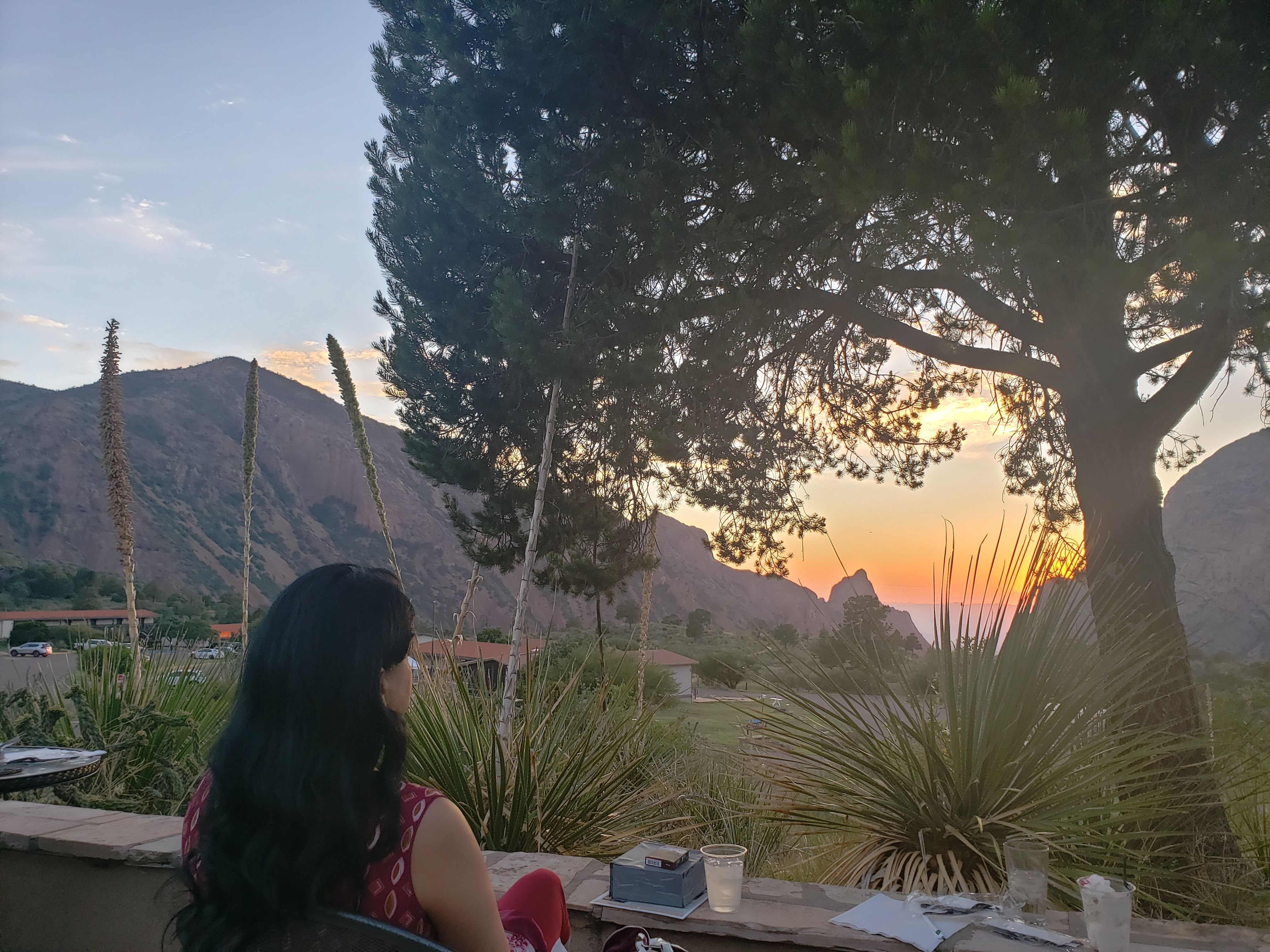Big Bend National Park gives soul searching sense of awe. It has the Rio Grande river, Chichos Mountains, and the dynamic Chihuahuan desert. The conglomeration of these three makes it a unique place.
Visitors feel a deep attachment to nature and also a connection with something unknown.
Temperature can go up to 120 deg F. The water is scarce with five to eleven inches of rain per year. Still, diverse life forms survive here. There are more than fifty types of cacti, 3600 species of insects, 56 species of reptiles, more than 450 species of birds, and more than 1300 species of plants.
Dragger Yuca off-road driving trails take you to beautiful cactus plants. With its thorns/ prickly spikes, the cactus protects itself. Century plant is the largest agave in the park. It grows for thirty to fifty years and then blooms once in life. Lechuguilla in Big Bend was able to recover from mild to moderate fires. Usually, at other places, these do no recover.
Some animals in the Big Bend area:
- Javelina
- Hare
- Coyote
- Mountain lions
- Mexican black bear
- Deer
There are hot springs, canyons, and a kaleidoscope of colors in the Chihuahuan desert.
Chisos mountains get more than twenty inches of rain per year. There are Maple, Pine, Oak, Cacti, etc. Big Bend is a majestic place where mountains change colors with sunlight. There are very few man-made lights. The night sky is darkest and clearest. From dawn to sunrise, the lights on the mountain change colors.
Rio Grande river is the life of Big Bend.
Bharti Raizada
